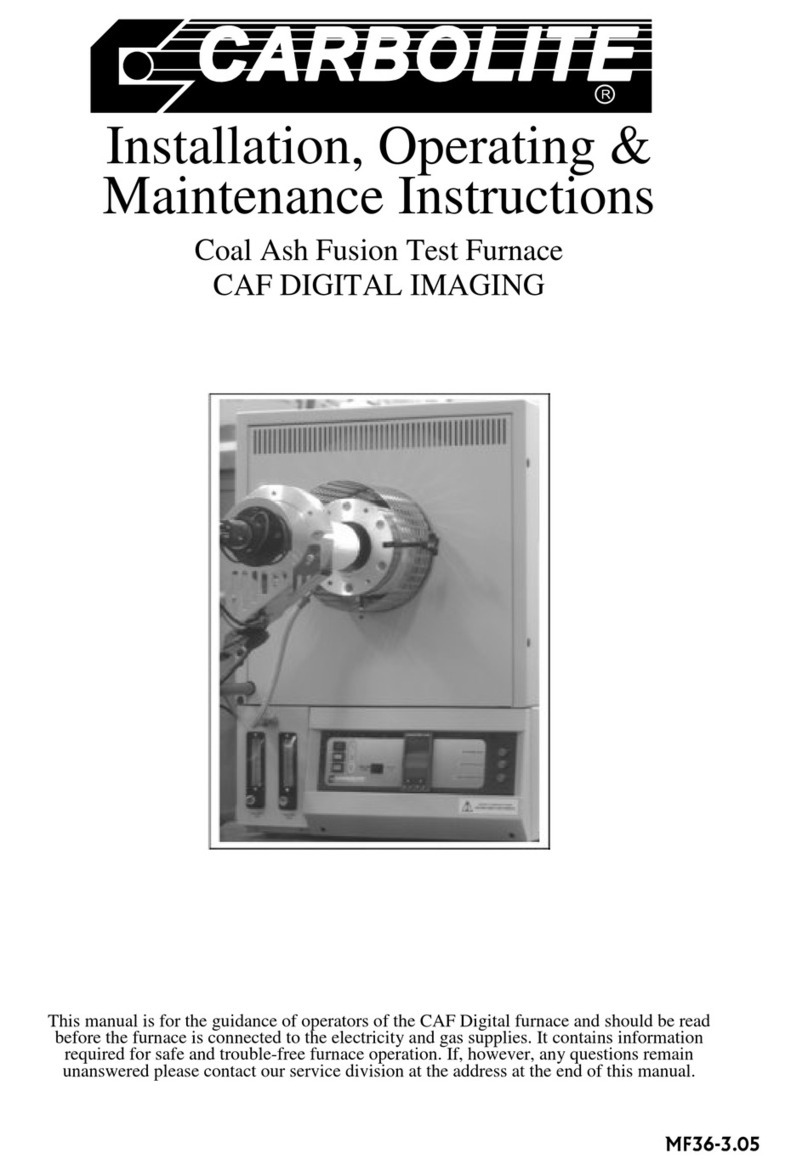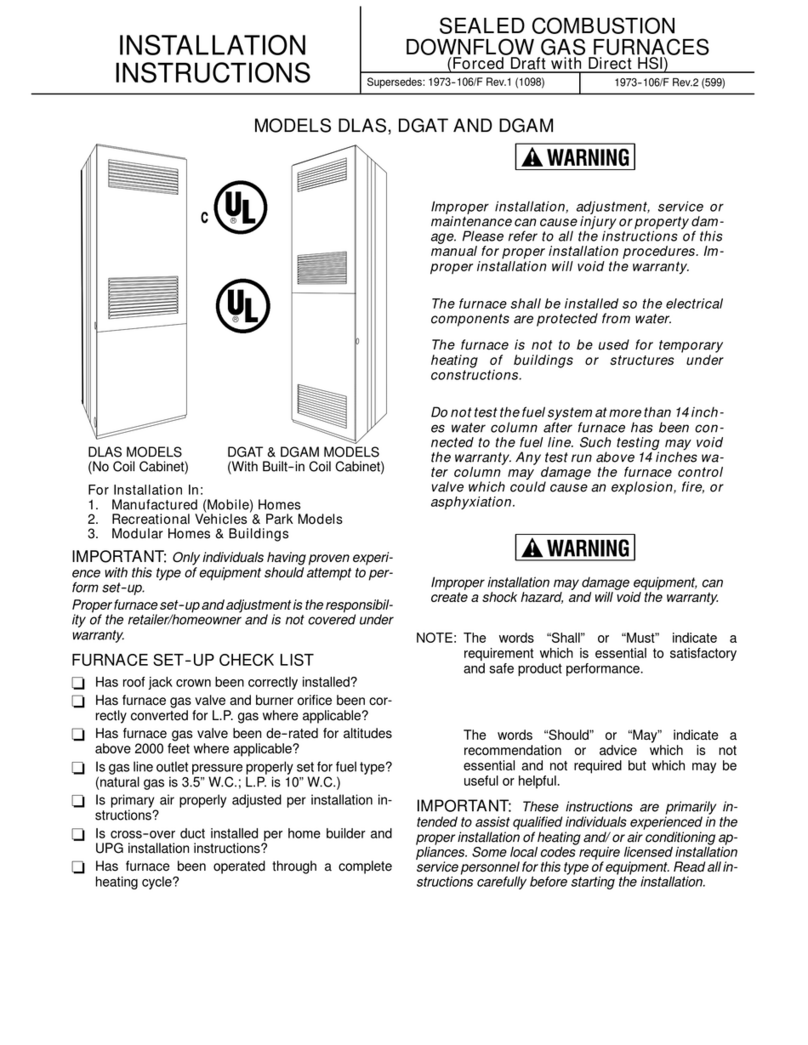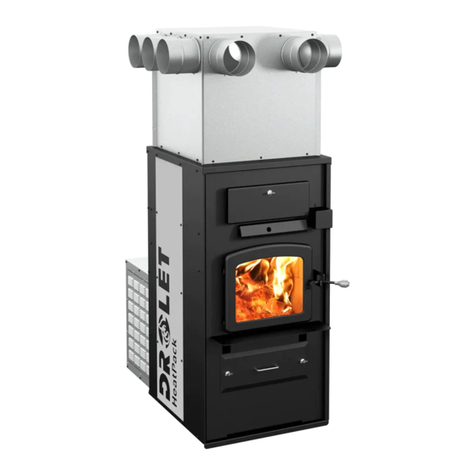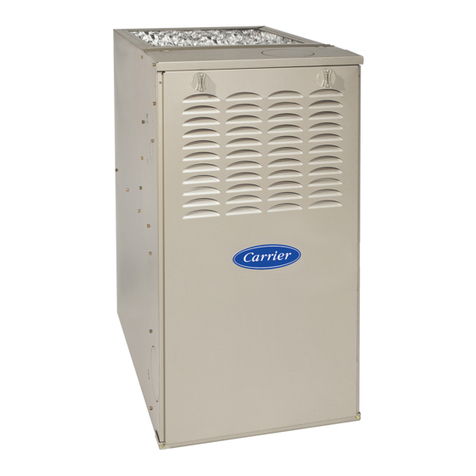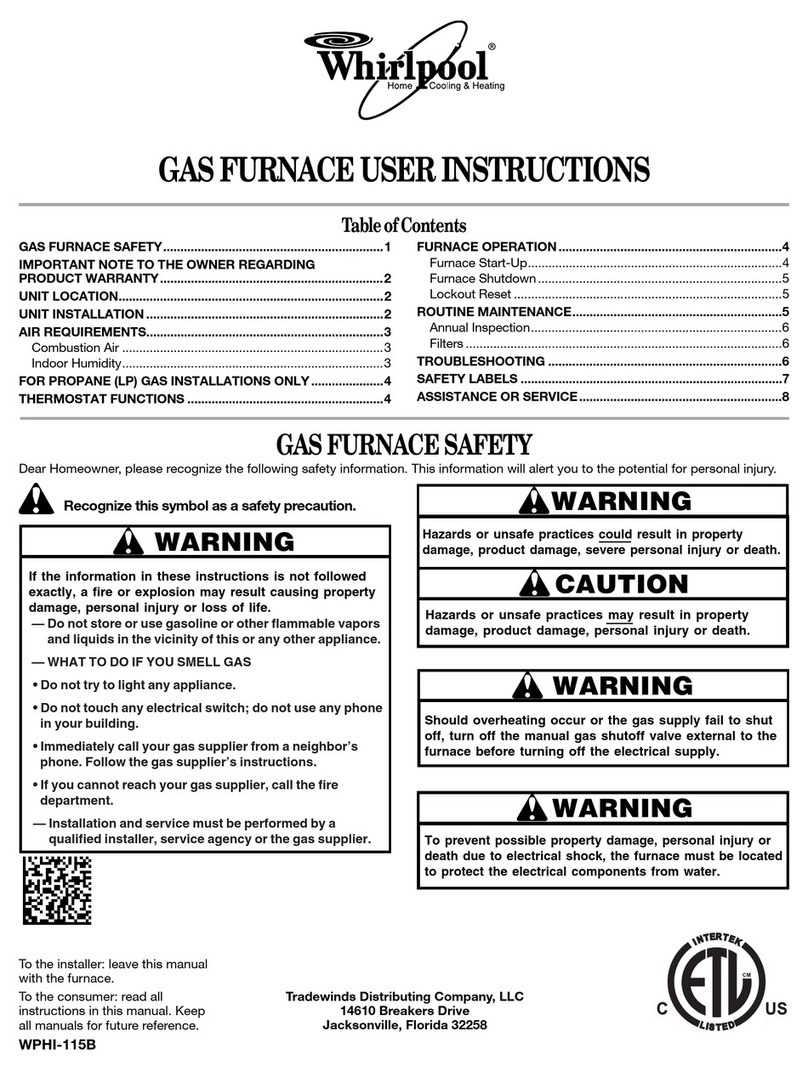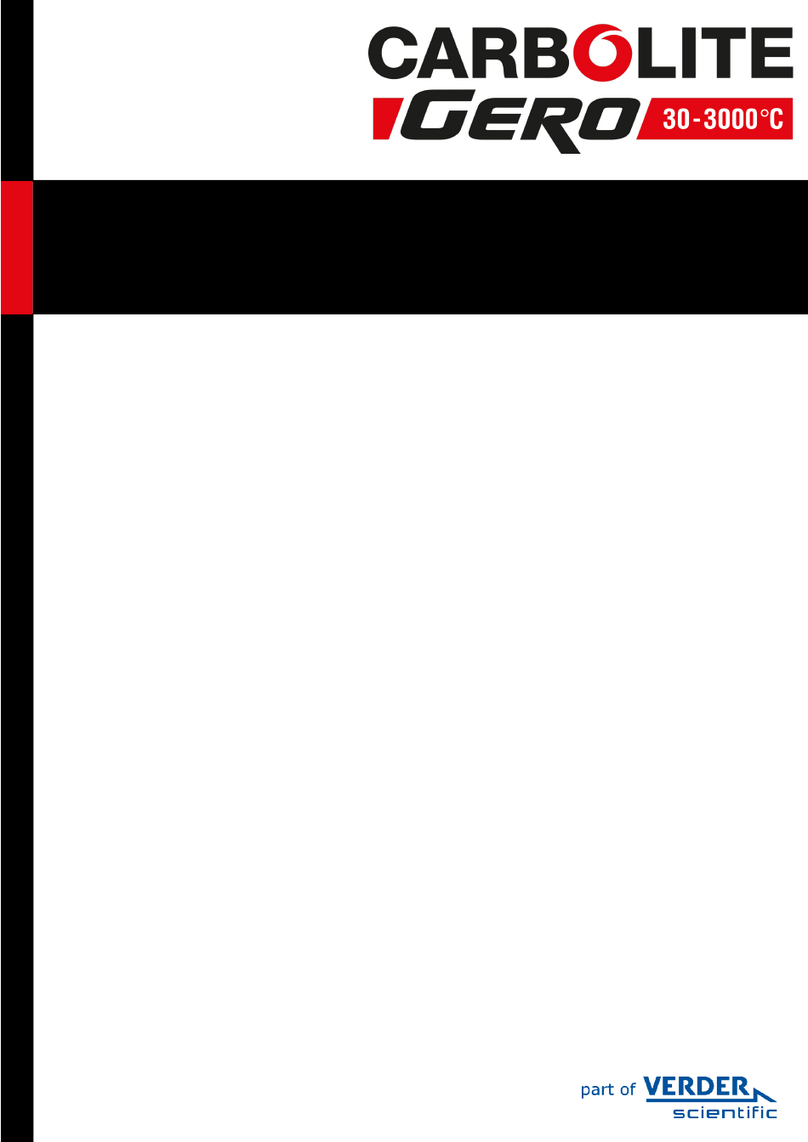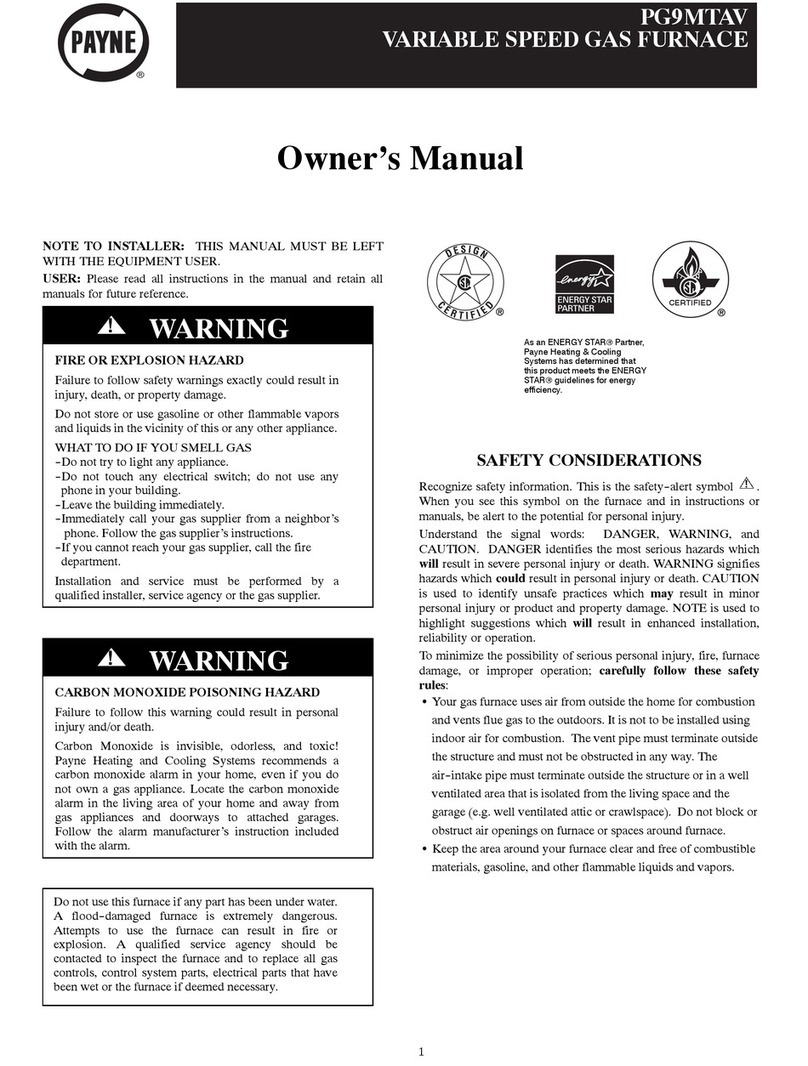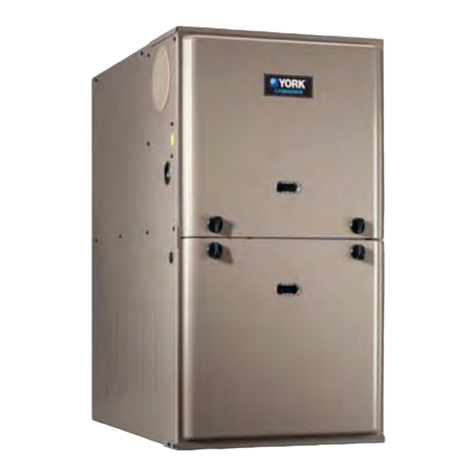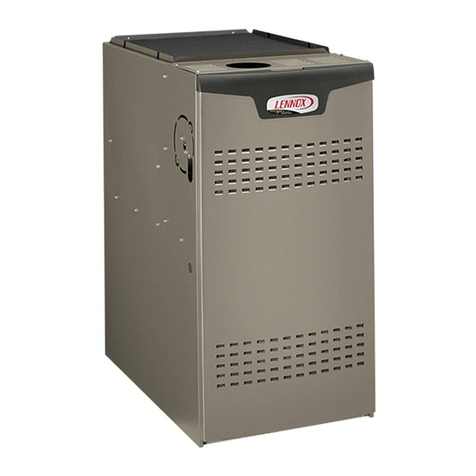
CSF, BOF, RHF
OPERATION
The instructions for operating the temperature controller are given in a separate manual. If the
furnace is fitted with a time switch, see also the appropriate supplementary manual. If cascade
control is fitted, see the supplementary manual MS07.
3.1 Operating Cycle
The furnace is fitted with a Supply light and an Instrument switch. The light is on whenever the
furnace is connected to the supply. The switch cuts off power to the control circuit.
Connect the furnace to the electrical supply. The Supply light should glow.
Operate the instrument switch to activate the temperature controller. The controller becomes
illuminated and goes through a short test cycle.
Close the furnace door and adjust the temperature controller – see the controller manual.
Overtemperature option only. If the overtemperature controller has not yet been set as required,
set it and activate it according to the instructions in the appropriate manual.
Unless a time switch is fitted and is off, the furnace starts to heat up. The Heat light(s) glow
steadily at first and then flash as the furnace approaches the desired temperature or a program
setpoint.
Overtemperature option only. If the overtemperature trip operates then an indicator in the
overtemperature controller flashes, and the heating elements are isolated. Find and correct the
cause before resetting the overtemperature controller according to the instructions supplied.
To switch the furnace off, set the Instrument switch off. If the furnace is to be left off, isolate it the
electrical supply.
3.2 General Operating Notes
Heating element life is shortened by use at temperatures close to maximum. Do not leave the
furnace at high temperature when not required. The maximum temperature is shown on the
furnace rating label and on the back page of this manual.
When heating large objects, in particular poor conductors, avoid shielding the thermocouple from
the heating elements. The thermocouple is intended to sense the temperature near the heating
element, but if a large object is placed in the chamber it may record the average temperature of the
object and the elements, which can lead to overheating of the elements. Allow large objects to
gain heat at a lower temperature and then reset the controller to a temperature close to the desired
maximum.
When heating materials which produce smoke or fumes, the chimney must be correctly fitted and
unobstructed. Otherwise, soot accumulates in the chamber and could possibly cause an electrical
breakdown of the heating element. If the furnace is used to heat materials which emit smoke or
fumes, regularly heat it up to maximum temperature for one hour without load to burn away the
soot.
Materials such as case hardening compounds and other reactive salts may penetrate the furnace
chamber lining and attack the wire elements, causing premature failure. Use of a hearth tile may
be advisable: please consult our technical department.
3.3 Use of Probes
Any metal object used to probe into the furnace chamber while the furnace is
connected to the supply must be earthed (grounded). This applies in particular to
metal sheathed thermocouples, where the sheaths must be earthed. The refractory
material of the chamber lining becomes partly conducting at high temperatures, and
the electric potential inside the chamber can be at any value between zero and the
supply voltage. Unearthed probes can cause serious electric shock.
MF49 3












